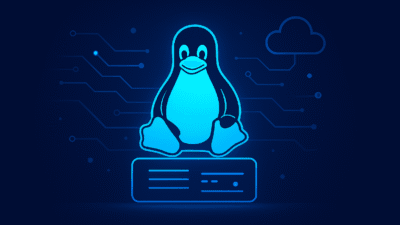Introduction
Linux has always been about choice, flexibility, and freedom. Over the years, countless distributions have emerged catering to developers, sysadmins, and casual users alike. In 2025, one of the most exciting trends in the Linux world is the rise of immutable Linux distributions. These distros are gaining popularity because they provide better system stability, security, and maintainability—qualities developers value when working in modern cloud-native environments.
What is an Immutable Linux Distro?
Unlike traditional Linux distributions, where you can modify system files freely, immutable distros lock down the core system. Applications, user data, and configurations live separately, while the base system remains untouched. Updates are delivered atomically, meaning your system upgrades as a whole, reducing the risk of partial failures.
Examples include:
- Fedora Silverblue
- openSUSE MicroOS
- Vanilla OS
- NixOS (functional package management)
Why Developers are Interested
- Consistency Across Environments – Developers can replicate environments easily, making DevOps workflows smoother.
- Enhanced Security – Since the root filesystem is read-only, it’s harder for malware or accidental misconfigurations to break the system.
- Atomic Updates & Rollbacks – Updates are all-or-nothing. If something fails, you can roll back instantly without corrupting the system.
- Perfect for Containerization – Immutable distros align with Docker and Kubernetes philosophies, making them great for container-based development.
Challenges to Consider
- Learning Curve – Traditional package management doesn’t always apply, so developers must adapt.
- Less Flexibility – Some users may feel restricted compared to full control distros like Arch or Gentoo.
- Application Support – Flatpak and containerized apps are the norm, but not everything is available yet.
Future of Immutable Distros
With the growth of DevOps, cloud-native apps, and AI workloads, immutable distros are becoming more relevant. In 2025, expect even more adoption as companies prioritize security-first infrastructures.
Conclusion
For developers in 2025, immutable Linux distributions represent a shift toward stability, security, and cloud-native readiness. While not a replacement for every use case, they are set to play a major role in the next evolution of Linux development environments.





